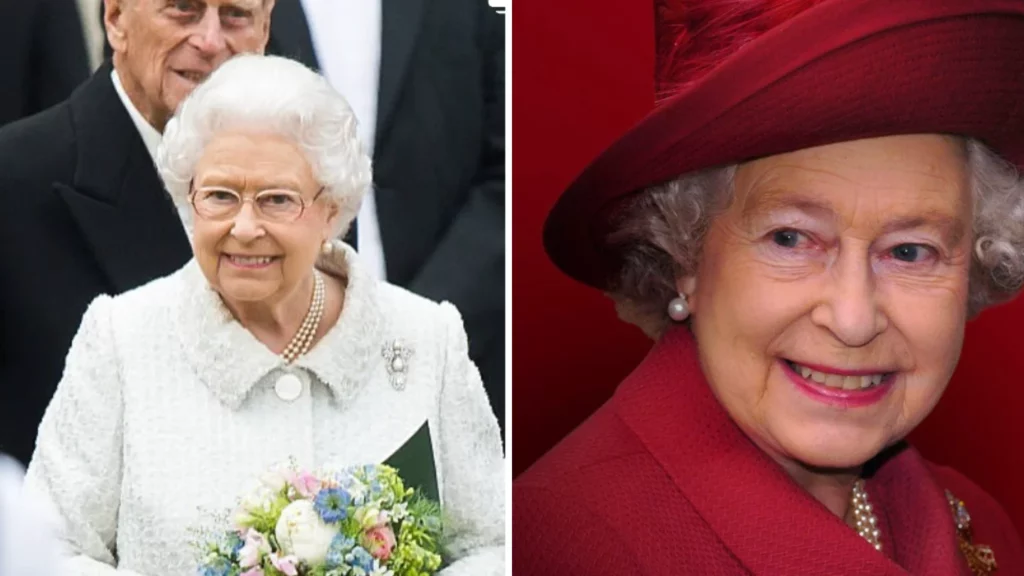In the quiet, mist-laden landscape of Balmoral, where Queen Elizabeth II spent her final days, few details had been revealed about her life’s closing chapter until now.
A new biography of King Charles III has opened a window into those moments, shedding light on a long-standing royal tradition that the Queen upheld even as her health declined.
For seven decades, Queen Elizabeth meticulously recorded her daily life in a leather-bound diary, a habit dating back to her early years on the throne.
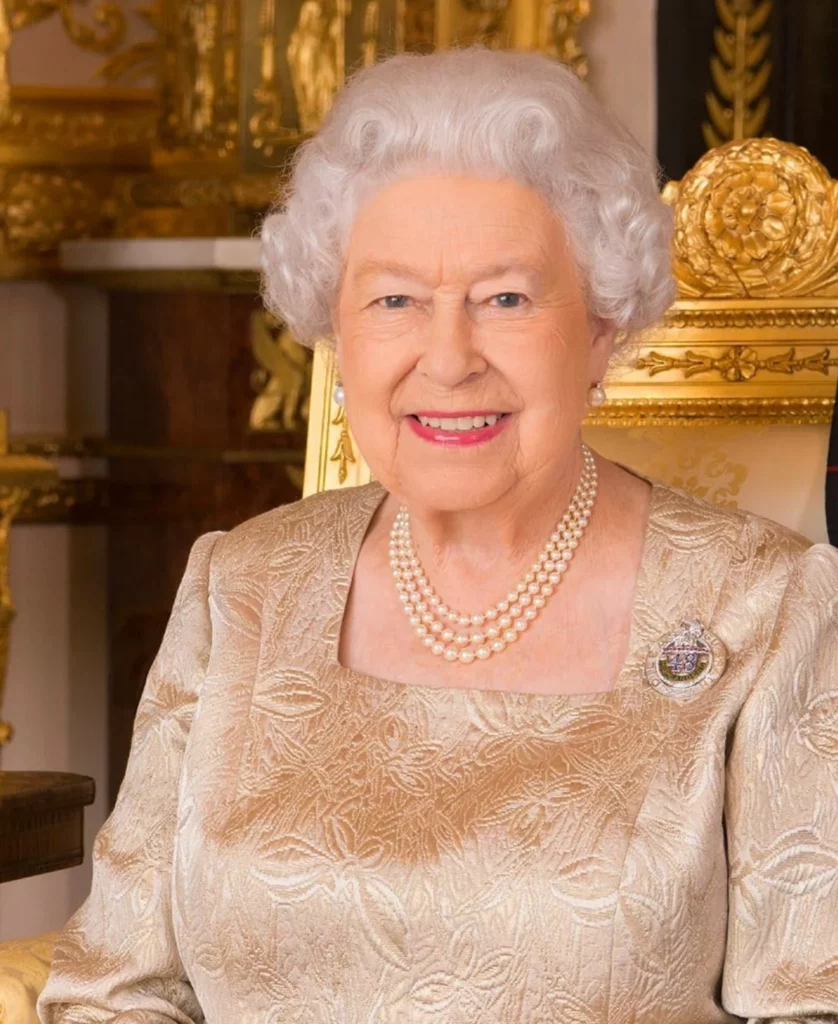
Known for her dedication and unyielding commitment to duty, she logged her activities every day, turning her diaries into a practical yet invaluable record of events.
Unlike diaries of introspection or personal musings, her journals held straightforward, factual accounts—events and interactions, preserved for posterity.
Throughout her reign, her diaries bore witness to history, capturing milestones from state visits to moments with world leaders.
Her approach was famously “factual and practical,” as she once confided to society diarist Kenneth Rose, noting she focused solely on “events, not conversations.”
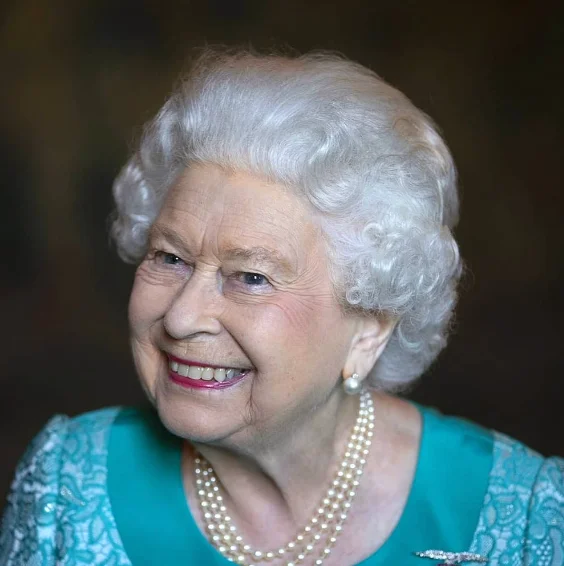
This disciplined routine reportedly continued late into the night, no matter the demands of the day or the Queen’s own fatigue.
A former royal household member told The Sun in 2019 that the Queen would write each entry at a desk, using a fountain pen with black ink, marking each journal with her royal cypher.
Now, royal biographer Robert Hardman, in his updated book “Charles III: New King. New Court. The Inside Story,” has shared an account of Queen Elizabeth’s final diary entry, written on September 6, 2022, just two days before her passing.
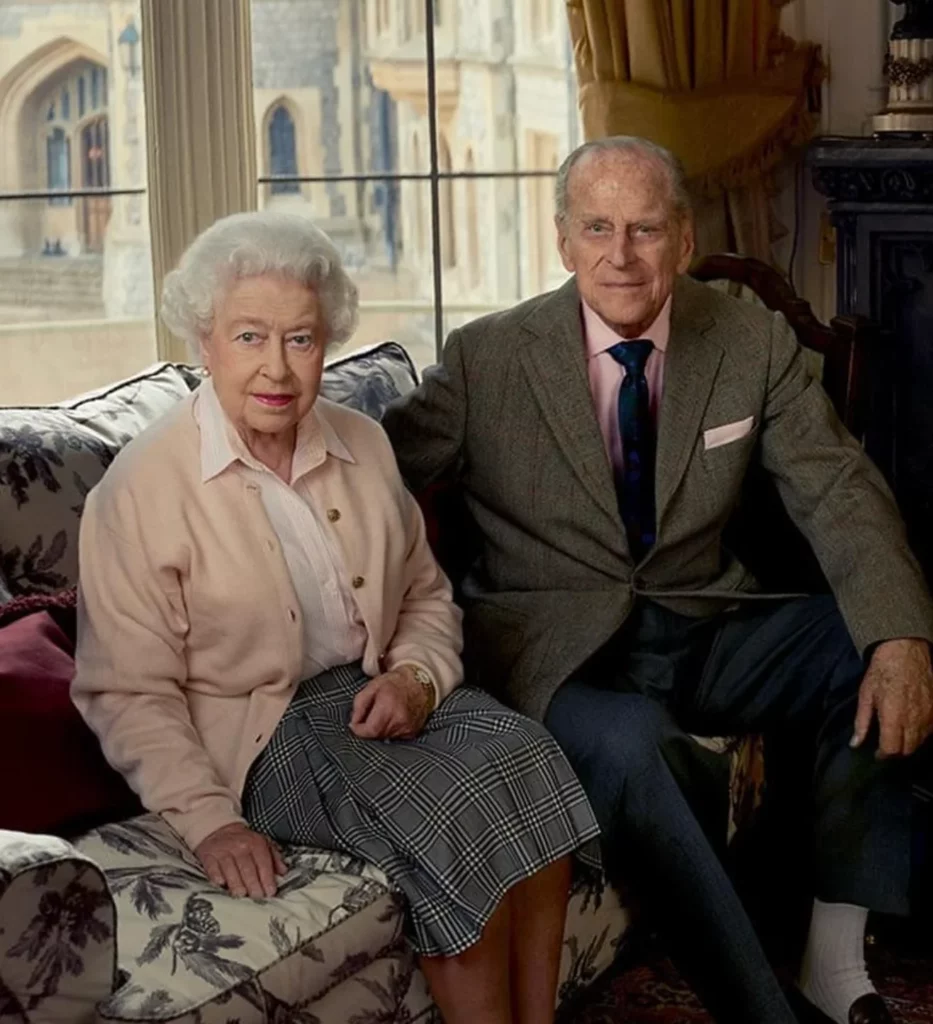
In those final entries, she documented her last official duties, preparing for the swearing-in of newly appointed UK Prime Minister Liz Truss and her ministers held at her cherished Scottish retreat.
For Queen Elizabeth, this wasn’t just any day it marked her final act of public service.
What she wrote, however, was as understated as her lifelong commitment to royal duty.
“Edward came to see me,” she noted, referring to her private secretary, Sir Edward Young, who had come to help her organize the transition.
It was a quiet reflection of a day that, like so many before it, was filled with the formalities of royal life a final, unadorned snapshot of her unwavering sense of duty.
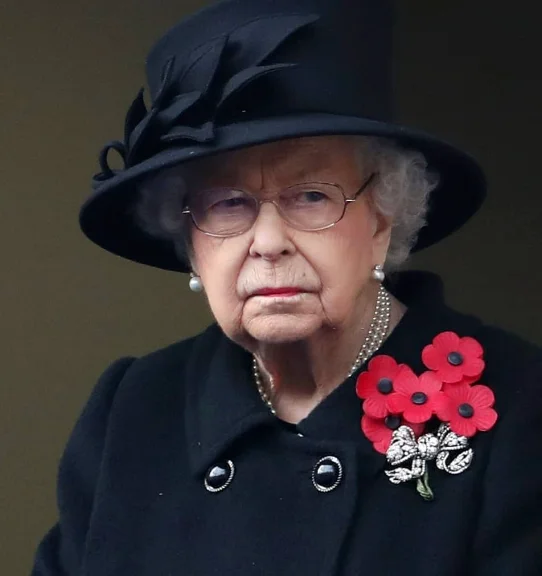
Queen Elizabeth’s diary remains a legacy of one of the most storied reigns in history, its pages an invaluable archive for future historians.
Meanwhile, her son, King Charles III, has adopted a similar practice, though reportedly in a more condensed form.
A senior courtier shared with Hardman that the King now “scribbles down his recollections and reflections” at the end of each day, continuing the family’s commitment to documentation.
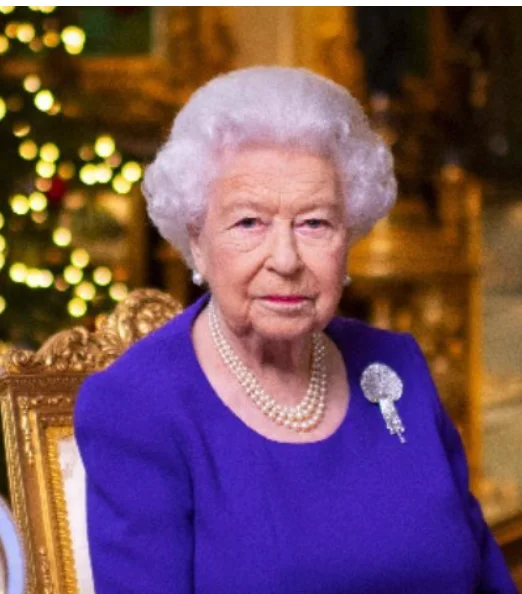
For the late Queen, her entry on that September day captured a moment, not just of routine but of significance.
It was, perhaps, the final nod to a life of steadfast duty a life where the ordinary and extraordinary coexisted, documented simply yet profoundly with, “Edward came to see me.”
Featured Image Credit: (Instagram/ @hm.queenelizabeth)

